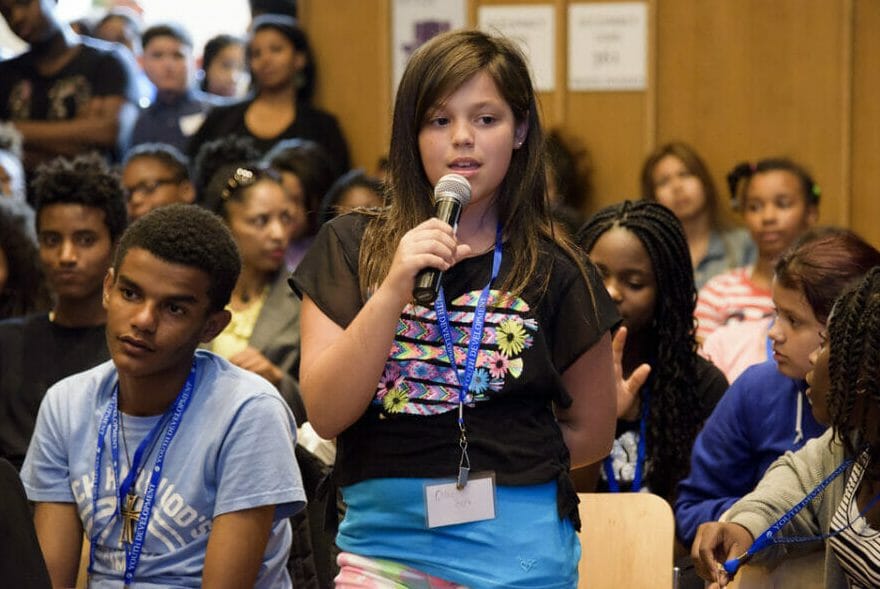
Stopping the bullying at work has a very important impact on the bullying in our society. Many bullies come from bullying homes or are subject to some form of bullying at work and try to regain power by picking on the people around them. It is a cycle we can break by helping each participant in the “game” break their powerless perception.
In the previous chapter of the bullying series, I wrote 30 tips to help the bullying victim at work. Here are the next tips and I am sure that implementing each of them can make a huge difference in your life.
Remember, if you are a bullying victim, you have the power to break the cycle.















